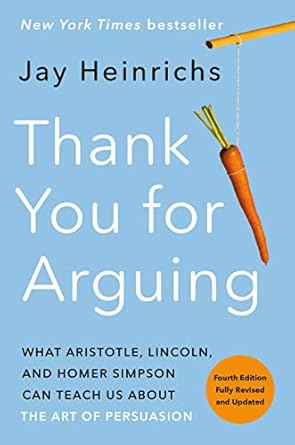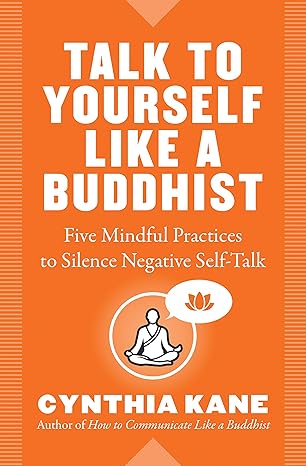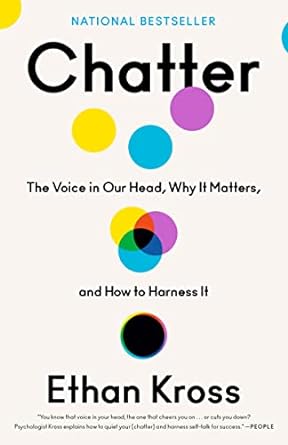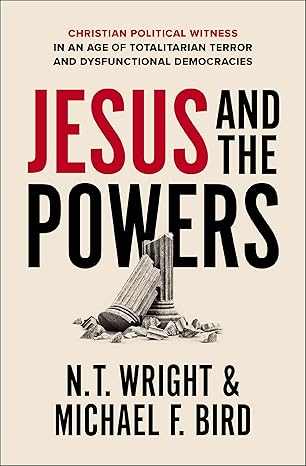
Letter to a Christian Nation
From the new afterword by the author:
Humanity has had a long fascination with blood sacrifice. In fact, it has been by no means uncommon for a child to be born into this world only to be patiently and lovingly reared by religious maniacs, who believe that the best way to keep the sun on its course or to ensure a rich harvest is to lead him by tender hand into a field or to a mountaintop and bury, butcher, or burn him alive as offering to an invisible God. The notion that Jesus Christ died for our sins and that his death constitutes a successful propitiation of a “loving” God is a direct and undisguised inheritance of the superstitious bloodletting that has plagued bewildered people throughout history. . .
BEST DEALS
About the Author
Sam Harris (born 1967) is an American non-fiction writer, philosopher and neuroscientist. He is the author of The End of Faith: Religion, Terror and the Future of Reason (2004), which won the 2005 PEN/Martha Albrand Award, and Letter to a Christian Nation (2006), a rejoinder to the criticism his first book attracted. His new book, The Moral Landscape, explores how science might determine human values.
After coming under intense criticism in response to his attacks on dogmatic religious belief, Harris is cautious about revealing details of his personal life and history. He has said that he was raised by a Jewish mother and a Quaker father, and he told Newsweek that as a child, he "declined to be bar mitzvahed." He attended Stanford University as an English major, but dropped out of school following a life-altering experience with MDMA. During this period he studied Buddhism and meditation, and claims to have read hundreds of books on religion. In an August 21, 2009 appearance on Real Time with Bill Maher, Harris stated that he grew up in a secular home and his parents never discussed God. He has stated, however, that he has always had an interest in religion.
After eleven years, he returned to Stanford and completed a bachelor of arts degree in philosophy. In 2009, he obtained his Ph.D. degree in neuroscience at University of California, Los Angeles, using functional magnetic resonance imaging to conduct research into the neural basis of belief, disbelief, and uncertainty.












